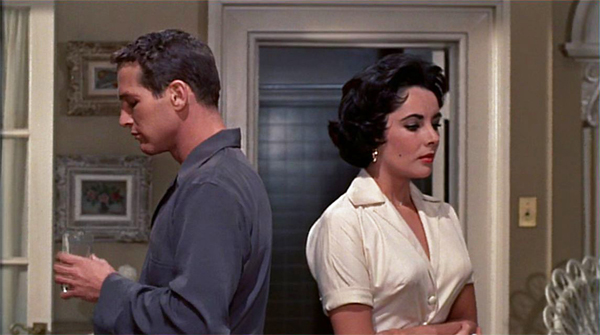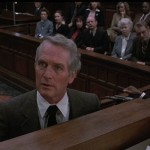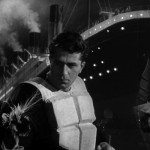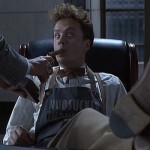Cat on a Hot Tin Roof Review
During the vicious climax of Cat on a Hot Tin Roof, a titanic fight has broken out among the entire Pollitt clan over the imminent death of their patriarch, Big Daddy (Burl Ives), and the fate of their 28,000-acre cotton plantation. Brick (Paul Newman) is the film’s male protagonist and overhears his wife, mother, brother, and sister-in-law (aka “Sister Woman”) hollerin’ like banshees at one another about his own fitness for running the property and business. It’s “Sister Woman” who denigrates him most harshly. “He may have to pass up the Sugar Bowl this year. Or was it the Rose Bowl he made his run in? No, it was the punch bowl, honey.”
Upon emerging into the hallway, she sees Brick and knows he overheard every insult flung in his direction. With but one chance to set the woman straight about anything – to defend his or his wife’s honor – he clarifies the football game in question:
“It was the Cotton Bowl, Sister Woman.”
In one line of whiskey-soaked dialogue, Newman, Richard Brooks (the film’s director), and ultimately Tennessee Williams (who wrote the play), say so much about the family and gender dynamics that define the text. It also recalls an old saying that gets at the heart of who these people are. Each one would cut of their nose to spite their face.
In this sense, Cat on a Hot Tin Roof has a lot in common with Who’s Afraid of Virginia Woolf? Of course, both films also share a star (Elizabeth Taylor), a love of drink, and an origin (the stage). But the malice characters in both films carry for those around them, individuals they supposedly love, is what binds them so closely and what makes each a transcendent chamber melodrama.
That’s what the Cotton Bowl line and so many other signify. Brick’s heart is big – he wouldn’t fall into drink so easily and with such regularity if he didn’t care at all – but the chip on his shoulder is bigger than Big Daddy. He blames himself for many of his problems, but he doesn’t absolve those around him either. It takes the immediacy of a death scare to get him to open up to anyone, and when he does, years and years of anger come spewing out in ways that vacillate from scene to scene between ugly and sympathetic.
Elizabeth Taylor’s Maggie “The Cat” is his most frequent punching bag – not literally, though your mind inevitably wanders in that direction during the film’s most heated exchanges. We’re introduced to Maggie when she smashes ice cream into a child’s face, but that’s about as negative as the film gets toward her character (and as positive as the film gets toward any of the “no-neck” rotten children running around). She’s a fighter and committed to both her husband and, improbably, his family.
The Brick-Maggie dynamic reflects what we see from the older generation in Big Daddy and Big Momma. The former doesn’t have the time or patience for anyone around him (except Maggie, it seems), meanwhile the latter is a less combative iteration of Maggie – completely devoted to her husband, excusing absolutely everything he does for 40 years.
Gooper (Brother Man) and Mae (Sister Woman) flip this dynamic to a point. They’re devoted to each other, but when Mae is conniving, Gooper is failingly loyal. His monologue to his mother about all the times he listened and did what he was told is one of the film’s few unambiguously heart-tugging moments.
Like Who’s Afraid of Virginia Woolf?, Cat on a Hot Tin Roof deals with a relationship that seems utterly incorrect on the surface, but as the film drills a little deeper into Brick and Maggie, it’s clear these two are still together for a reason. Are both individuals flawed? Yes. Have they made enormous mistakes? Absolutely. The film ultimately tells us that communication can bridge any emotional gap (and that alcohol only makes things worse). It’s an exceptional film that seems to get lost a little among other vehicles for its stars and maybe because Brooks isn’t as renowned a director as Nichols and others of the time. But you won’t find a better-acted, more satisfying stage-to-screen adaptation outside of (maybe) Virginia Woolf.












